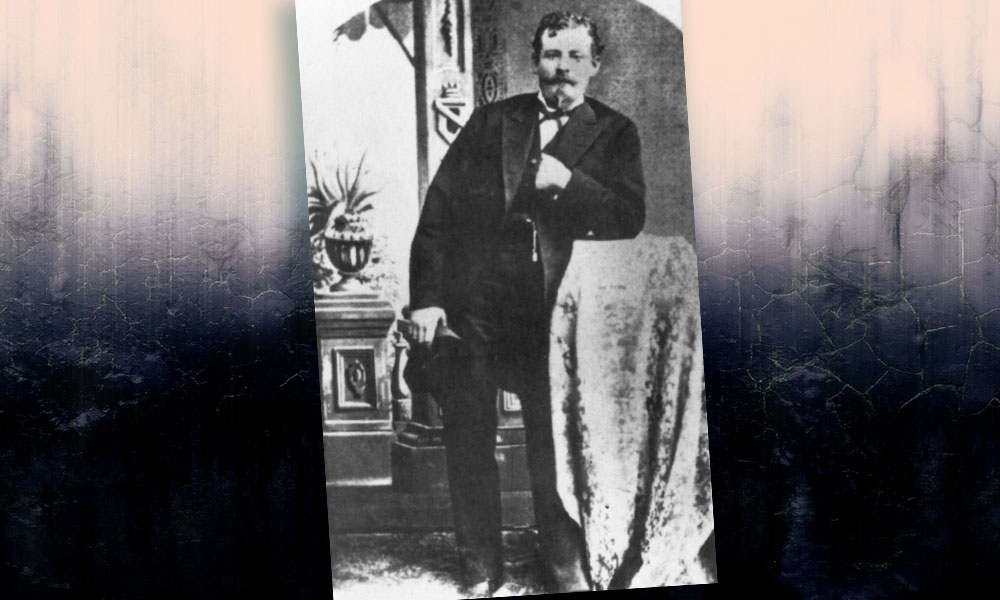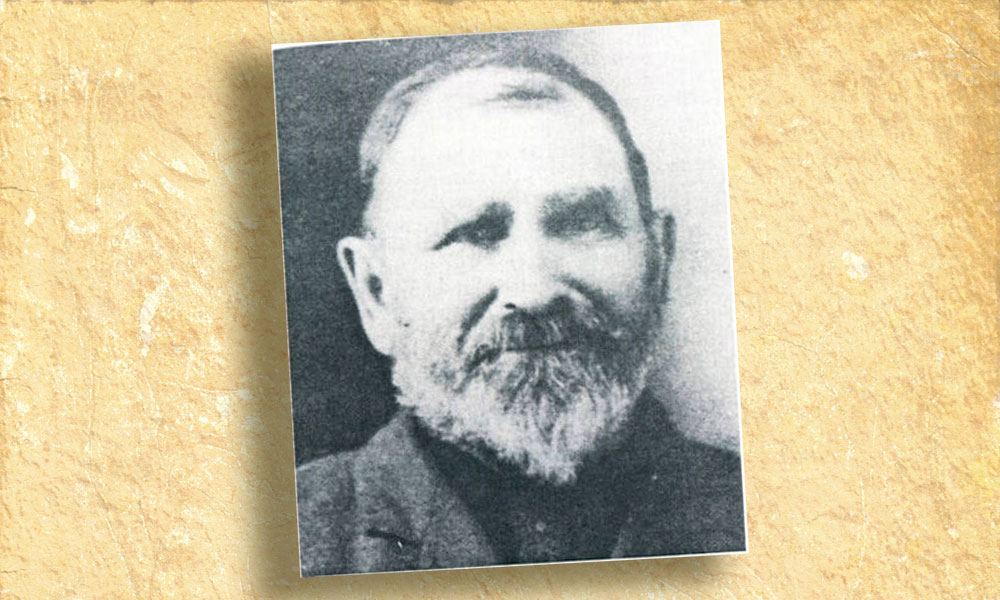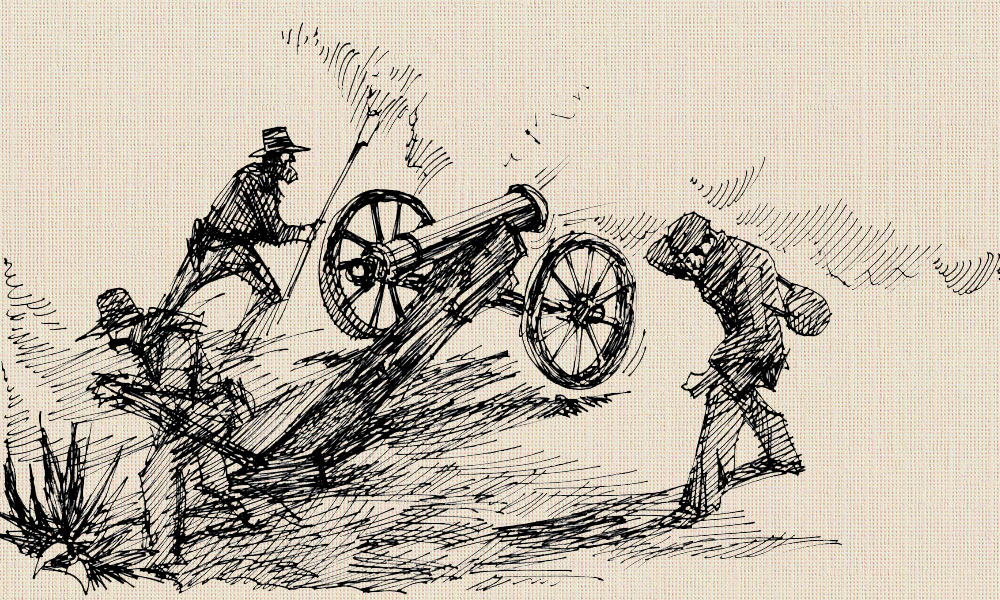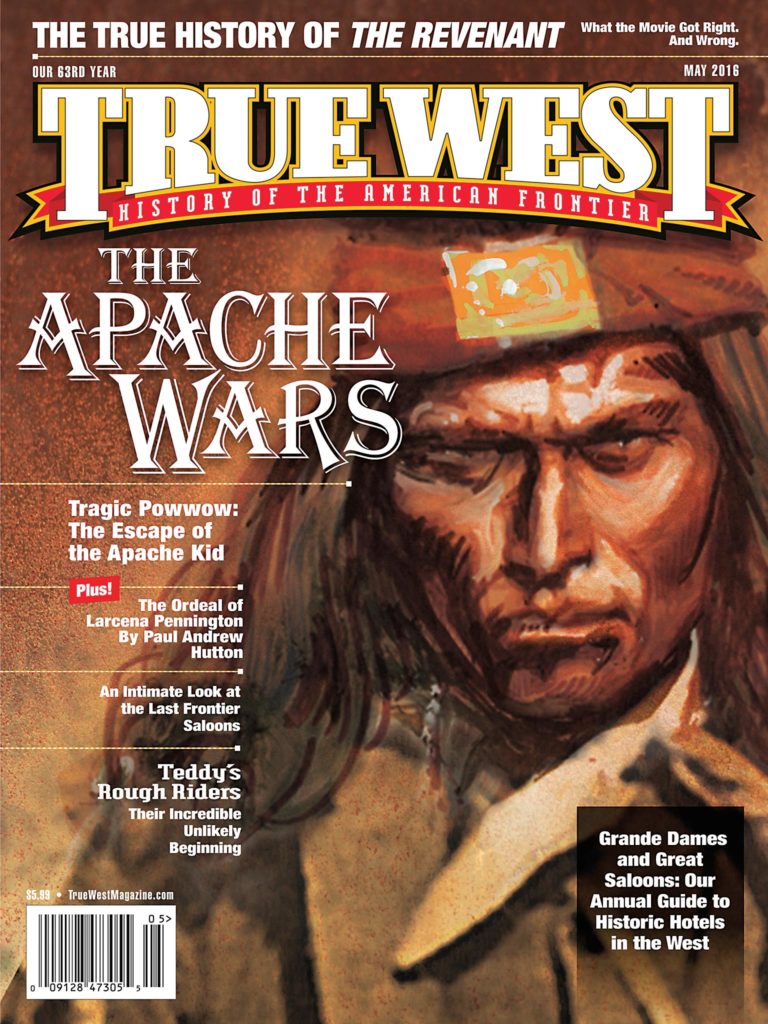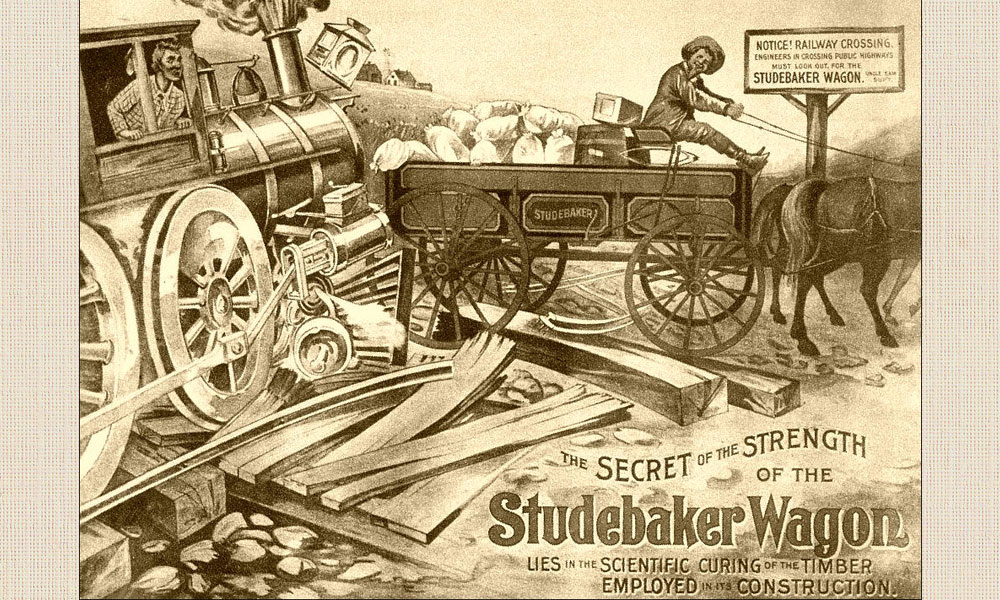
The name Studebaker today means a classy automobile from the 1920s. But the name Studebaker in the 1850s meant a first-class wheelbarrow. John M. Studebaker was 20 years old in 1853 when he left the family wagon-making business in South Bend, Indiana and headed west to seek his fortune in the California gold fields. He didn’t find gold in the ground, but in the wheelbarrows that miners so desperately needed. Back home, his brothers were making wagons and then carriages under the slogan “Always give more than you promise.” Their big break came in 1857 when they got a government contract for 100 wagons with the stipulation they had to be delivered within six months. They accepted the job and met the deadline. John rushed home to help his brothers, bringing $8,000 from his California savings to help bankroll the company’s expansion. His timing and largess were perfect. When the Civil War broke out, the Studebaker brothers were on their way to becoming millionaires, as they were awarded government contracts for wagons, caissons and carriages to haul everything from ammunition and rations to beer. By the Nation’s Centennial in 1876, the Studebaker Company could brag that it was selling coast-to-coast and was the largest wagon builder in the world. The company endured for over 100 years and was the only one to successfully transition from horse-drawn wagons to automobiles.


